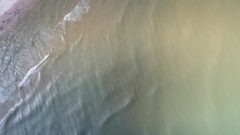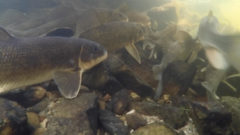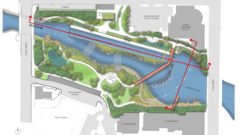Plans to boost Flint’s supply of Genesee County water for blending postponed
In Flint, Michigan, the city’s plan to blend an increased amount of water from Genesee County with its primary supply from the Great Lakes Water Authority has been postponed because of repairs needed due to settling of a newly constructed connector line to the county system. Read the full story by MLive.
Great Lakes Commission
https://www.glc.org/dailynews/20210917-flint

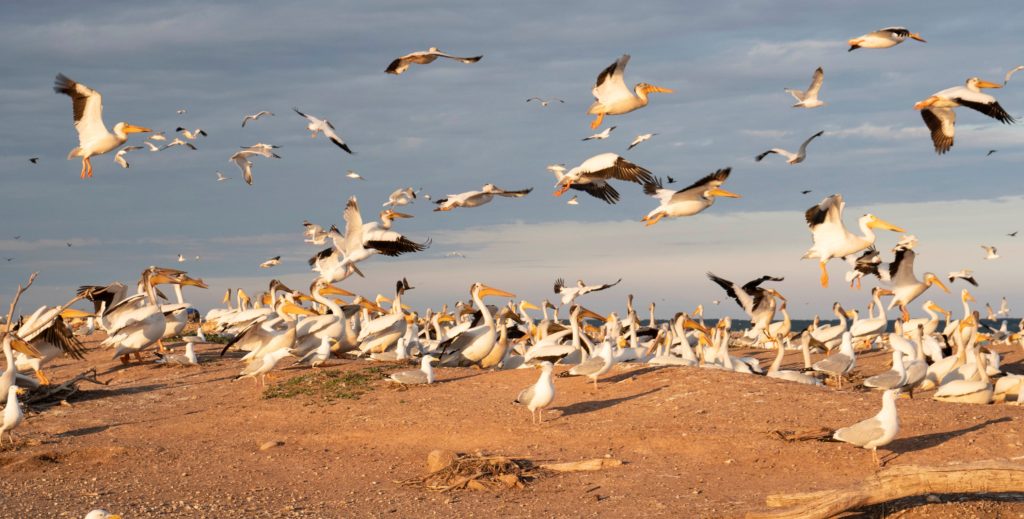
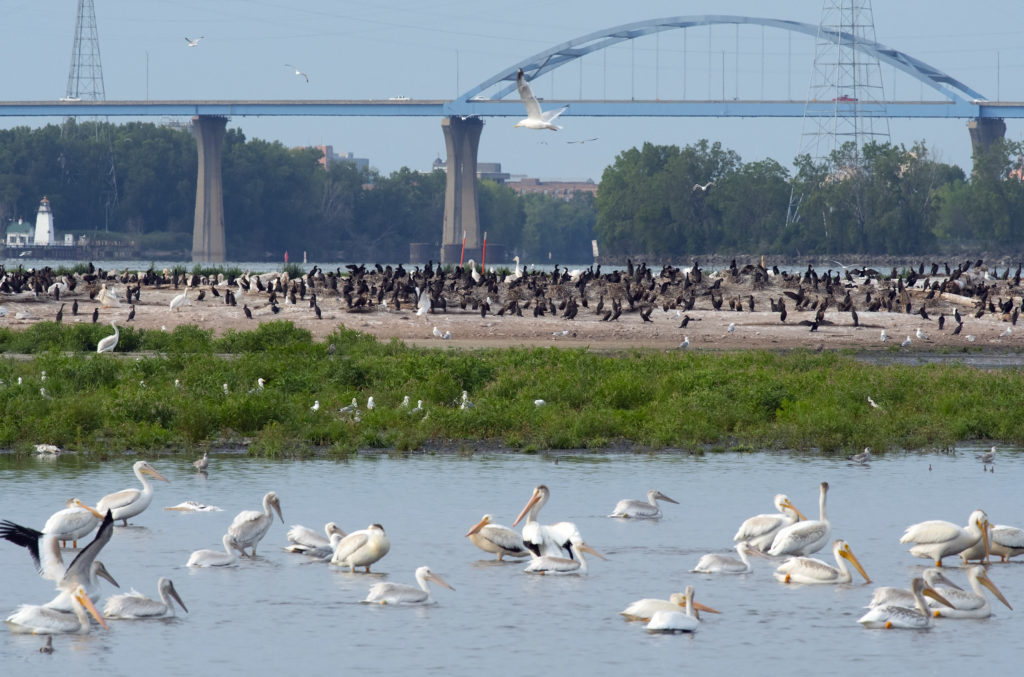
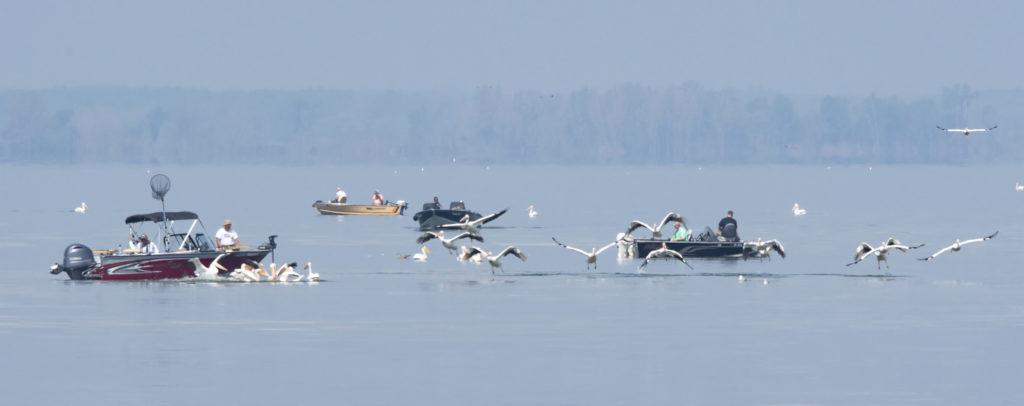
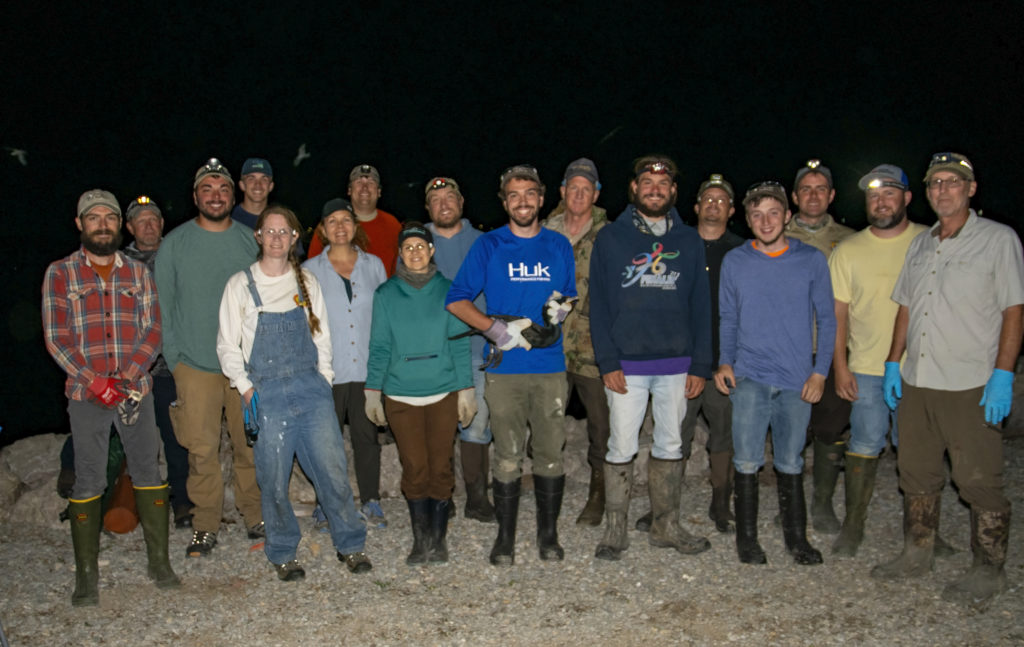
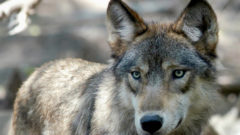
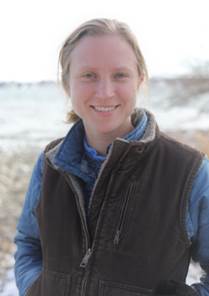
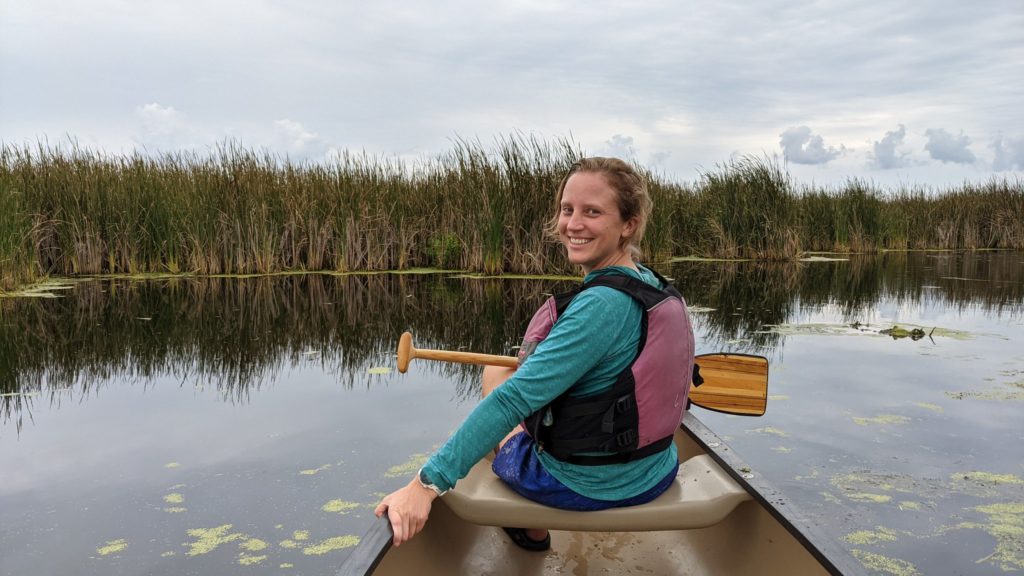
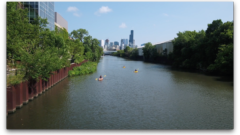

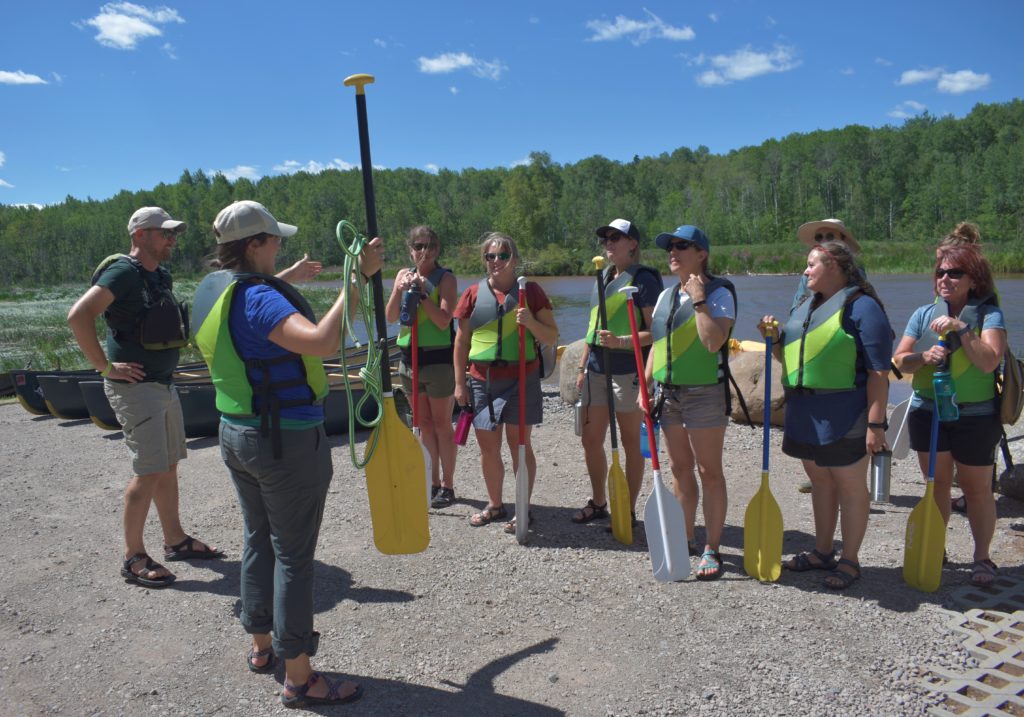
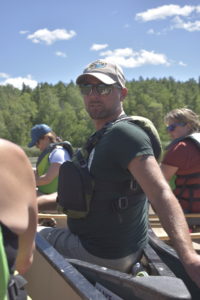
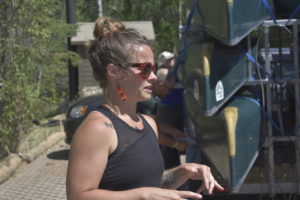
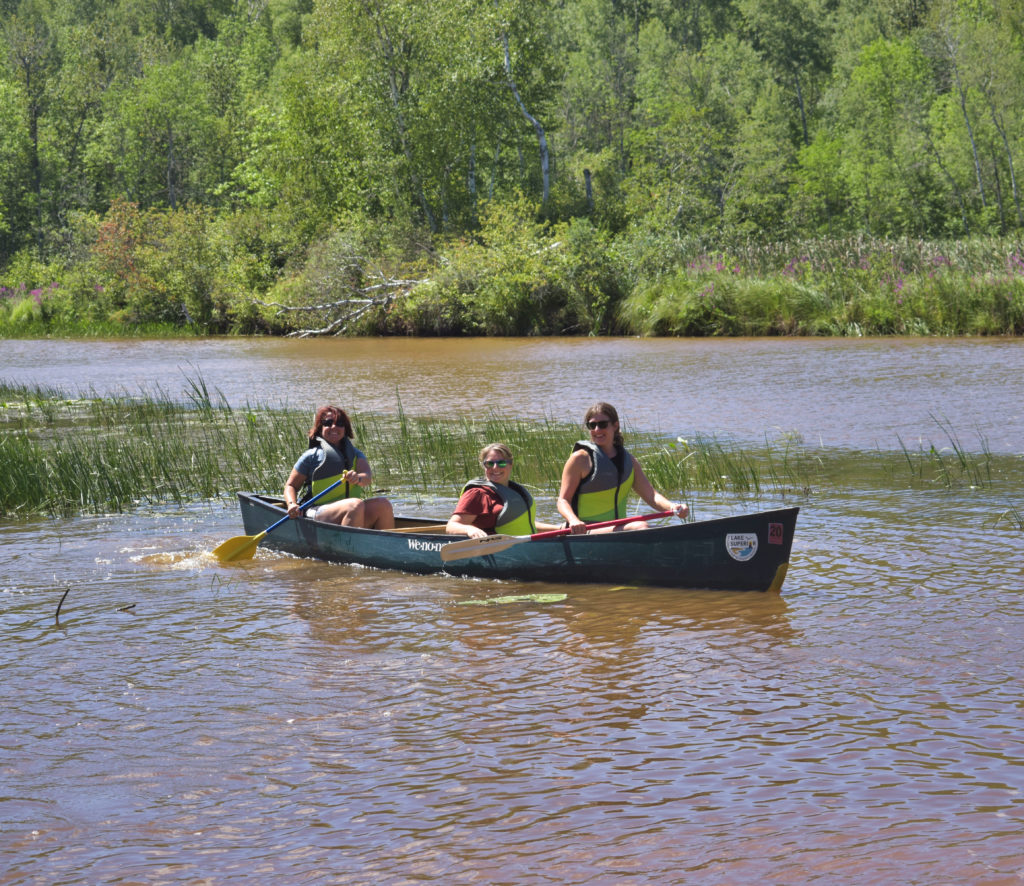
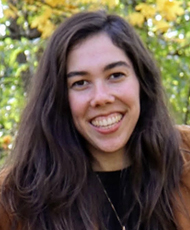 Kate Truitt is a GIS Specialist working on the GLC’s Area Contingency Planning Project. In this role, she assists in mapping and data development for the Inland Sensitivity Atlas for the EPA.
Kate Truitt is a GIS Specialist working on the GLC’s Area Contingency Planning Project. In this role, she assists in mapping and data development for the Inland Sensitivity Atlas for the EPA.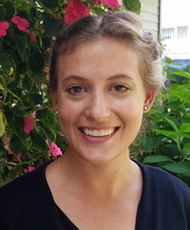 Theresa joined the Great Lakes Commission in 2021 and is a program specialist for the aquatic invasive species program. She splits her time on multiple projects including the Great Lakes Phragmites Collaborative and the Great Lakes Panel on Aquatic Nuisance Species.
Theresa joined the Great Lakes Commission in 2021 and is a program specialist for the aquatic invasive species program. She splits her time on multiple projects including the Great Lakes Phragmites Collaborative and the Great Lakes Panel on Aquatic Nuisance Species.